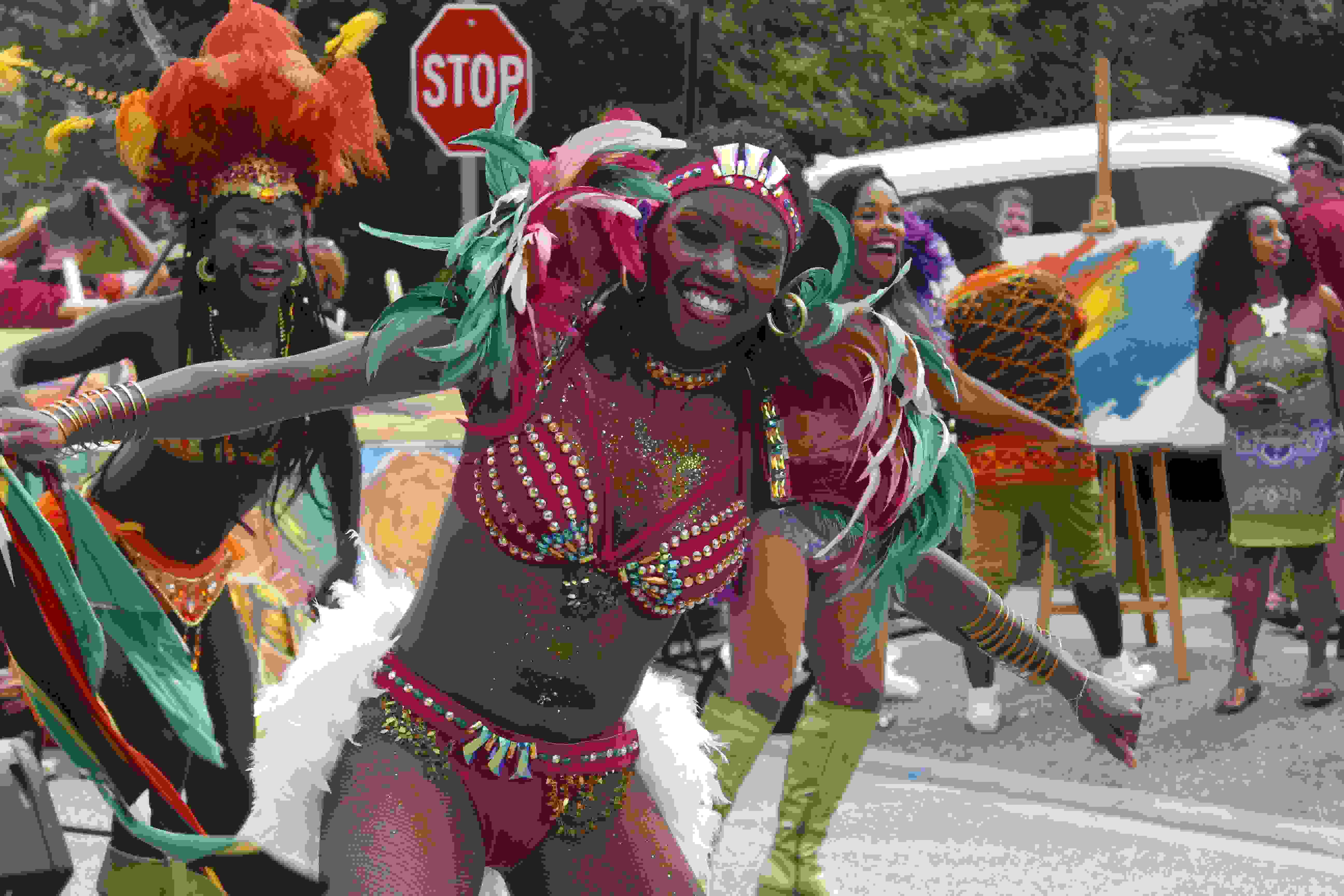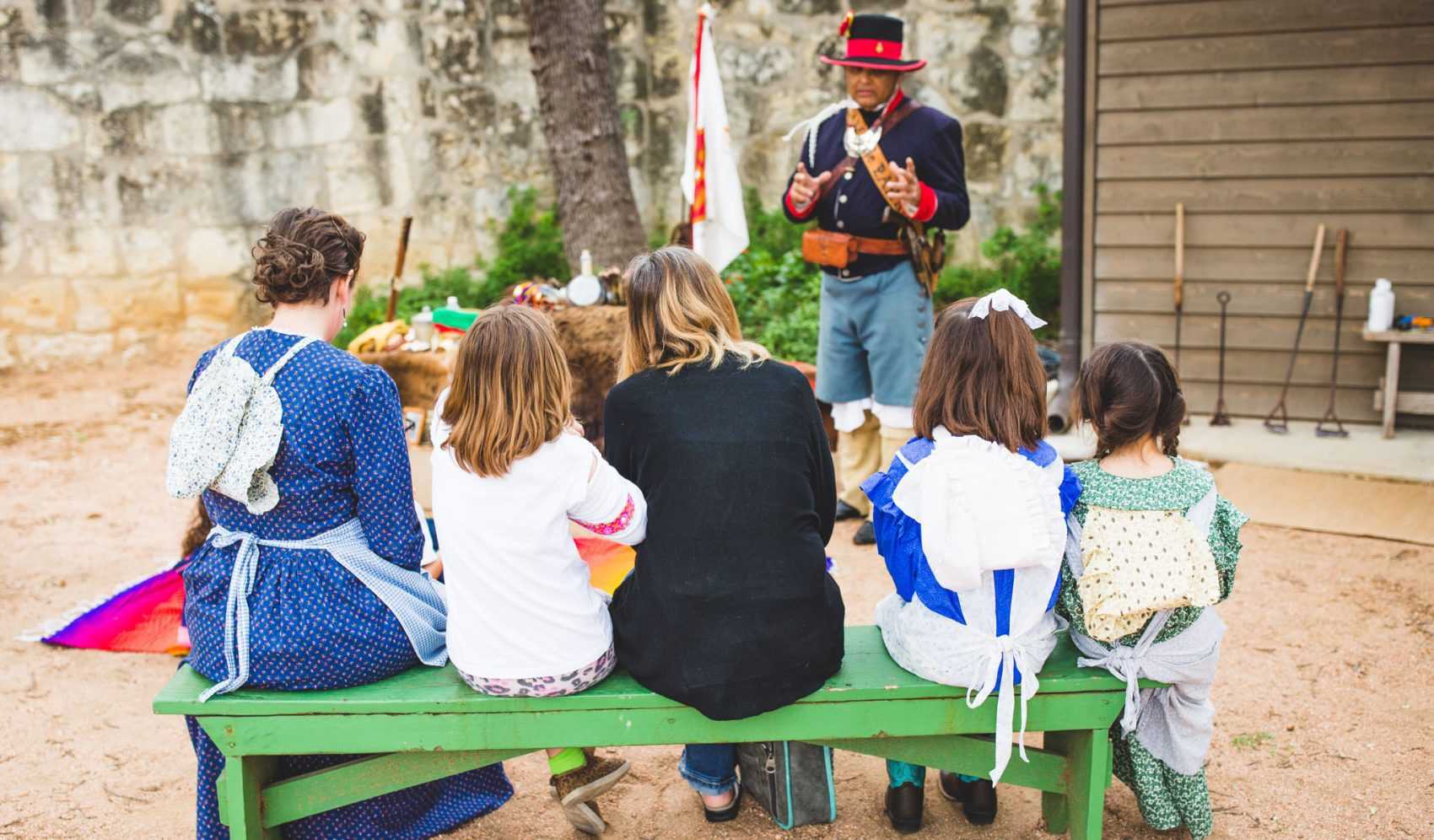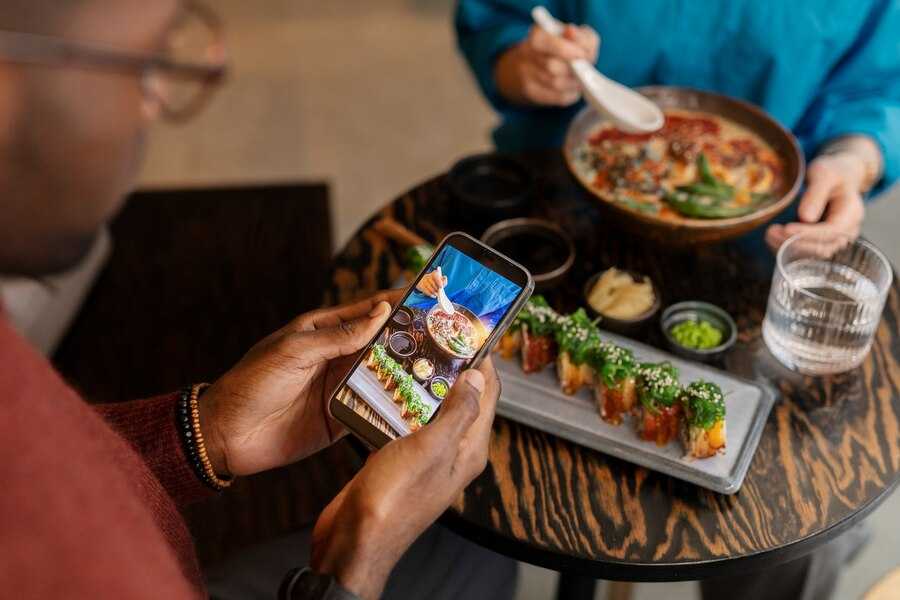BY: KRISTINA RAMCHARRAN
It was a treat for the senses as attendees were surrounded by food, music, vendors and most importantly culture. The 52nd annual Guyana Independence Festival was a culturally rich day of activities celebrating the culture and independence of Guyana, including the various aspects of culture the country has to offer.
The festival spanned two days, as the Saturday events featured cricket and soccer games, while Sunday was all about community involvement, arts, and culture.
Kicking off the day with a cultural show, attendees at the event held at Albert Campbell Square were treated to unique and beautiful costumes and dances representing the various cultures of the Guyanese community.
Despite the cloudy weather, the free festival saw a great turn out of families excited to immerse younger generations into the Guyanese culture. The entertainment scheduled throughout the day featured many dance and musical performances, as well as DJs spinning the best in Caribbean sounds.
The cultural show, which showcased all of the different cultures of Guyana, even featured a traditional Chinese lion dance, an Amerindian dance, Indonesian and Indian dancers and Afro musicians.
“Guyana is made up of six nations, and the festival is about showcasing all of our cultures,” said Kim Sue, organizer, and co-chair of the festival. “The festival is about showcasing all of our cultures, and this allowed that.”
Sue also added, “every performer, every DJ, gave fully of their time. They wanted to give back to the community. And this is what the festival is about. It’s about giving back to your own community and preserving, cultivating and promoting our culture here in Toronto.”
Also present at the event was Malcom Cho-Kee, the chair of the festival. “It’s all about Guyana and the taste of Guyana,” said Cho-Kee as he gestured to all of the cultural cuisine and entertainment surrounding him.
He noted that the festival does even more than benefitting the local Guyanese community, but also the country as a whole. “The Guyanese in the diaspora are very important in the development of Guyana itself,” added Cho-Kee highlighting the role the Guyanese diasporic community plays in representing Guyana and its tourism.
The various vendors present at the festival were all members of the Guyanese community representing the culture, food, and people as a whole. “They’re all business people within the diaspora,” noted Sue, also mentioning that many of the vendors have previously supported the festival in the past. “They all promote Guyanese products and services,” added Sue, expanding on the festival being a great medium for Guyanese owned businesses to reach out within the community.
Vendors present included Caribbean Cabana and Starlite restaurants, Hakim Optical, Laparkan Shipping, Norman Sue Bakery, multiple seafood distributors and Aunty Gai’s Homemade Products. The festival also featured young talented individuals including the Footsteps dance crew and the musically talented DJ Jono.
Both Sue and Cho-Kee note that an important mission of the festival is to pass down culture to the newer generations. “Guyana still exists, come home,” said Cho-Kee ensuring that tourism is also an integral part of learning about the culture.
Sue also added, “we have to keep promoting and teaching and cultivating our culture. That’s the only way we are going to survive and know who we are, we need to know our identity.”
As for the festival in the upcoming years, some more changes are expected. “Next year will be bigger, better and the weather will be wonderful!” said Cho-Kee. As the goal of the Guyana Independence Festival is to grasp a broader reach to the younger Guyanese generations and other cultures within the Toronto community, the organizers ensure that next year’s event will be one you do not want to miss.


 Community News2 weeks ago
Community News2 weeks ago
 Community News1 week ago
Community News1 week ago
 Community News2 weeks ago
Community News2 weeks ago
 Community News1 week ago
Community News1 week ago
 Community News2 weeks ago
Community News2 weeks ago
 Community News1 week ago
Community News1 week ago
 Community News1 week ago
Community News1 week ago
 Community News1 week ago
Community News1 week ago






























